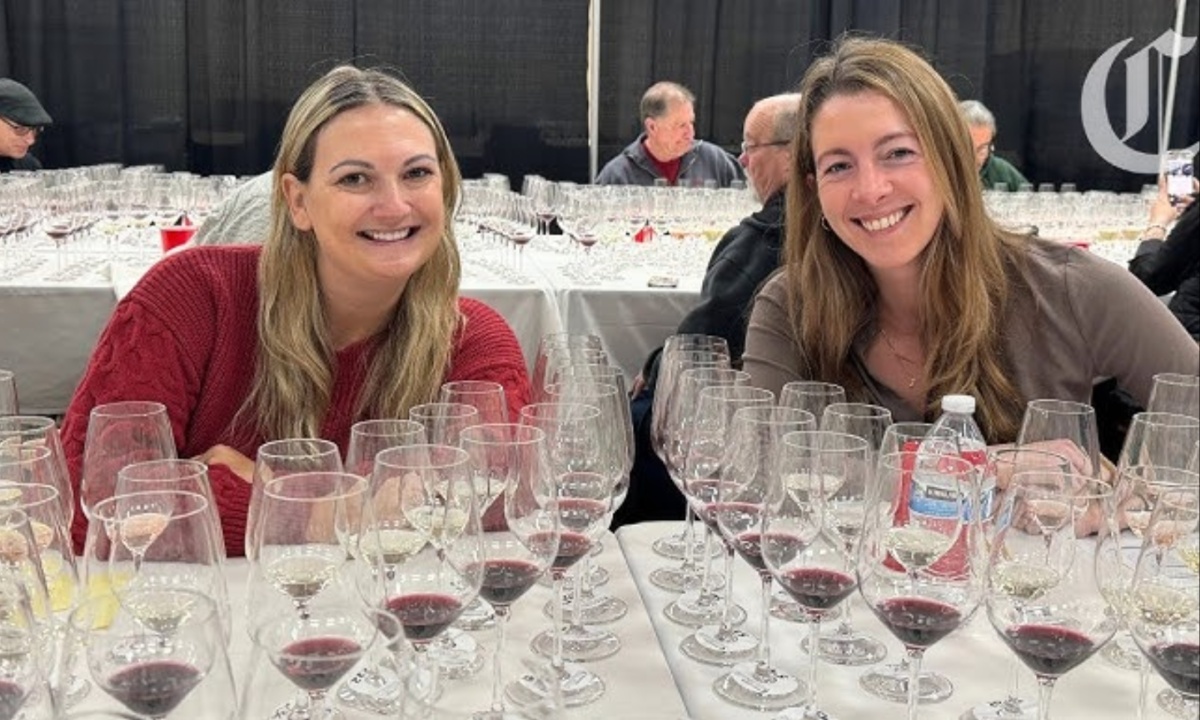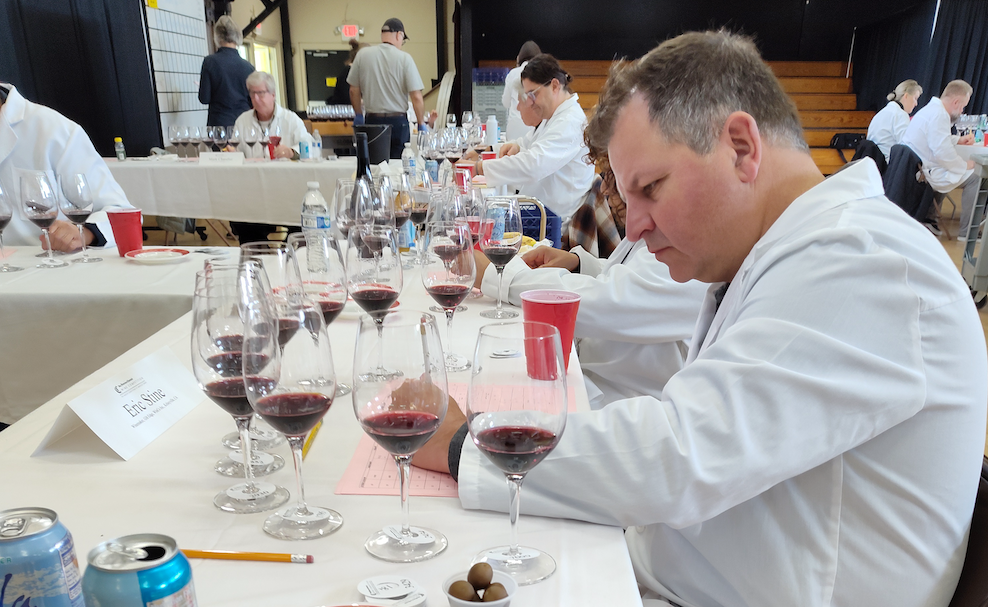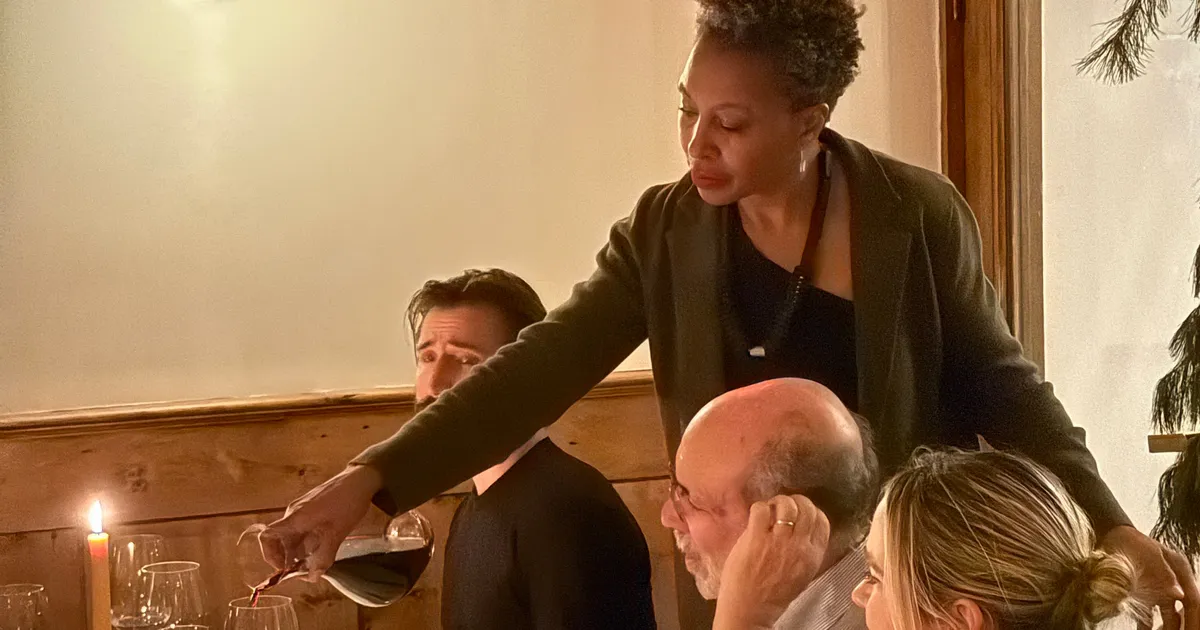The San Francisco Chronicle Wine Competition, held annually by the Cloverdale Citrus Fair, tasked judges with evaluating a vast array of wines from North America. Among over 5,500 entries, the author’s first assignment was to judge 26 nonalcoholic wines, a challenging prospect given the unrefined state of this wine category. Evaluating such wines added complexity to an already demanding process, which typically involves identifying nuances in established wine types.
Challenges of Judging Nonalcoholic Wines
Tasting nonalcoholic wines brought unique hurdles. Unlike evaluating a classic Chardonnay or other familiar varieties, judging dealcoholized or hybrid wines requires different standards. This experience was reminiscent of the author’s previous encounters with subpar nonalcoholic options during pregnancy, fostering skepticism about their quality. Unfortunately, the flight of NA wines failed to deliver, with peculiar flavors like oregano, artificial cherry, and a plasticky aftertaste dominating the lineup.

While the competition highlighted the shortcomings of nonalcoholic wines, the broader nonalcoholic beverage market shows promise. Alternatives like NA beers and cocktail-inspired drinks, such as Ghia and Curious Elixirs, have achieved success. Nonalcoholic wines, however, still lag behind. Wine alternatives—beverages crafted with tea, juice, and herbs—are currently more palatable than deal-alcoholized wines. Brands like Muri, Proxies, and Kally exemplify how innovation can make this category more appealing.
Room for Improvement in NA Wines
Despite the disappointing experience, the author acknowledges the potential for growth in the nonalcoholic wine market. As more consumers reduce their alcohol intake, demand for high-quality nonalcoholic options will likely drive innovation. While a few brands, such as Woody’s and Studio Null, have shown potential, they were absent from the competition’s lineup. This evolving market holds promise, but significant advancements are still needed.
For now, the author advises caution with nonalcoholic wines and recommends alternative beverages during dry January. Soda water, along with well-crafted nonalcoholic beers and cocktail alternatives, may offer a more enjoyable experience. While the nonalcoholic wine category develops, these alternatives can fill the gap for those seeking alcohol-free options.


